This was published 7 years ago
Uaxactun, Guatemala: The Mayan village like nowhere else on Earth
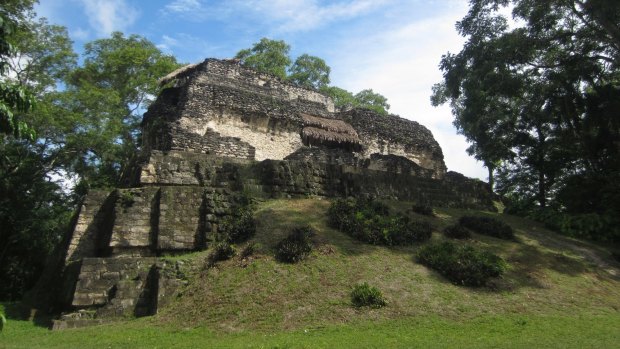
Maya ruin at Uaxactun.Credit: Rob McFarland
"This takes me back to when I was a kid," says Bill, my guide, as we bump our way into the village of Uaxactun in northern Guatemala. Barefoot children play soccer on a makeshift pitch shared with a menagerie of dogs, chickens, pigs and horses. Machete-wielding men stroll back from the jungle along dirt tracks towards simple thatched-roofed homes. The air is thick with the sounds and smells of dinners being prepared over wood fires.
It's a scene you can find in hundreds of rural villages all over the country. Which begs the question, why spend an hour battling along a 23-kilometre dirt road to reach this one?
The answer comes that evening when I'm sitting with a glass of wine on top of what is believed to be the oldest Maya astronomical observatory. The three temples in front of me line up with the sun during the two solstices and equinoxes, and it's thought the neighbouring pyramid was used to communicate with the gods.
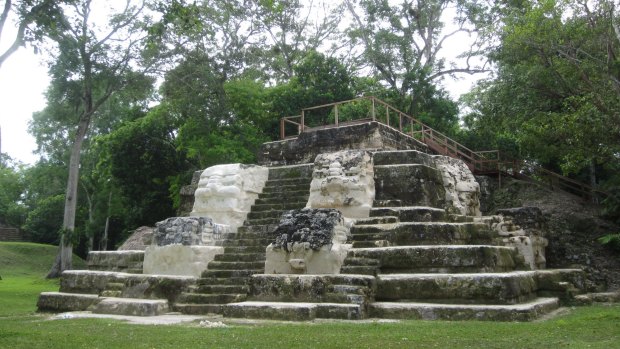
Part of the Maya observatory at Uaxactun.Credit: Rob McFarland
As the setting sun bathes the 2000-year-old ruins in a gilded glow, the surrounding jungle begins to stir, unleashing a cacophony of cicadas, bird calls and monkey howls. Vibrant blue dragonflies dart between trees while fireflies flash in the encroaching twilight. It's a magical scene made all the more special by the fact that Bill and I are the only ones here.
Few tourists make it to Uaxactun because at the start of that 23-kilometre dirt road is Tikal, one of Central America's largest and most important archaeological sites. The sprawling complex gets all the Maya ruin glory thanks to its undeniably impressive collection of soaring pyramids and grand plazas. Which, of course, means it also gets all the crowds. Should you visit Tikal? Absolutely. But if you can spare an extra night, Uaxactun is equally enchanting.
The town straddles a disused grass airstrip that was built in 1929 by William Wrigley jnr, who used the sap from the local chicle tree to make chewing gum. Today, Uaxactun's economy relies on the export of allspice, timber and xate, a local palm used for floral decorations.
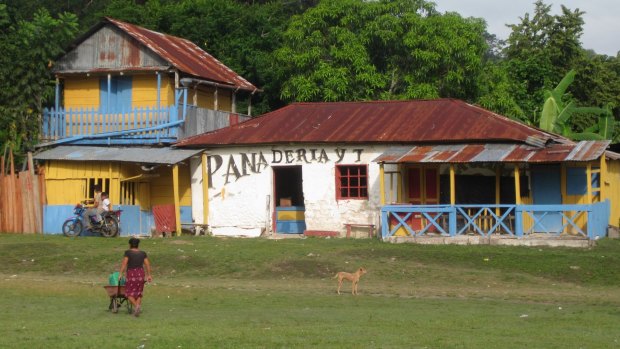
Locals in Uaxactun.Credit: Rob McFarland
Conditions are basic. There's a school and a small health centre but no police station or proper sewerage. The running water is unreliable and there's no mobile phone signal so everyone in the village shares one landline at the central administration centre.
As Bill tells me all this on the way there, my accommodation expectations get progressively lower until I'm convinced I'll be sleeping in a ditch I've had to dig myself.
In fact, our digs turn out to be relatively palatial – spacious glamping-style tents on raised wooden platforms with proper beds that wouldn't look out of place in a high-end safari camp.
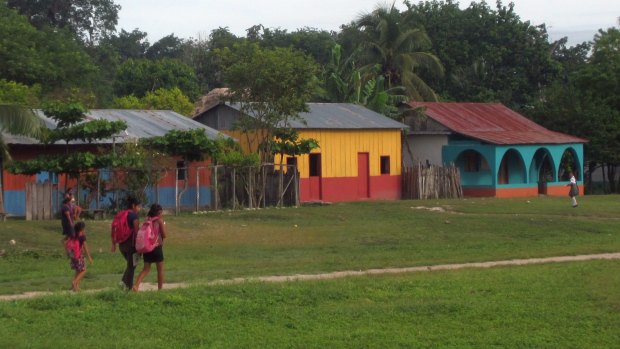
Children walk to school in Uaxactun.Credit: Rob McFarland
Dinner is prepared by Neria Herrera, a local lady who runs a small guesthouse in the village, and is served in a candlelit thatched hut in the jungle. As we tuck into a tasty feast of tortillas with guacamole and chilli sauce followed by tender chicken with steamed vegetables and fried potatoes, howler monkeys provide a haunting aural accompaniment from the impenetrable darkness
Over the years Herrera has acquired a considerable collection of Maya artefacts, most of which were found by locals working in the surrounding jungle. Eventually, she had enough to open a museum and the next morning we're shown around by its caretaker, Antonio.
Inside there are shelves of richly decorated bowls, vases, dishes and plates. A central glass case contains an intriguing selection of Maya curiosities, from arrowheads to flutes to needles fashioned out of bone. Every piece has been examined and catalogued by an archaeologist and it's a rare privilege to be able to handle artefacts that would normally be locked away in glass cabinets.
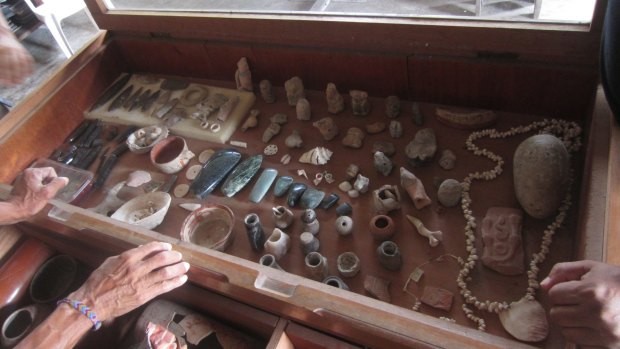
Case of Maya artefacts in museum.Credit: Rob McFarland
Uaxactun is surrounded by several complexes of ruins, which archaeologists have imaginatively named Groups A to H. While we explore the temples of Groups A and B, Bill explains that each building is like an onion, with multiple layers of construction built by successive generations. Scientists have managed to deduce what many of the structures were used for by deciphering hieroglyphics on large stone tablets called stela.
As we wander through the moss-covered remnants of this ancient civilisation, yet again, we're the only ones here.
Interestingly, the sites don't have any special sacred significance for the locals. According to Bill, of the 160 families that live here, only 15 are indigenous and none of them follows the Maya religion. From the heartfelt sermon that blasts through the village all morning, it's clear that Uaxactun – much like the rest of Guatemala – has embraced Evangelicalism with gusto.
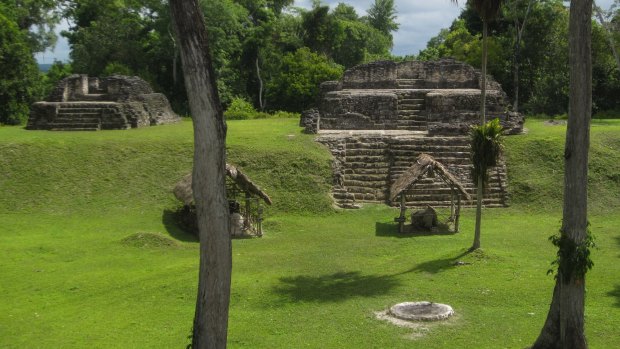
Exacavated Maya ruins at Uaxactun.Credit: Rob McFarland
Before we leave I take one last look around Group E, the ruins I watched the sunset from last night. Bill, along with hundreds of others, was here on December 21, 2012, the last day of the Maya calendar, which some doomsayers believed predicted the end of the world.
"Did anything happen?" I ask, wide-eyed with anticipation. He grins and shakes his head. "Absolutely nothing at all."
TRIP NOTES
MORE INFORMATION
GETTING THERE
Air New Zealand flies via Auckland to Houston. United flies direct from Houston to Guatemala City. See airnewzealand.com.au or united.com
TOURING THERE
Latin America specialist Chimu Adventures can create a tailor-made Guatemala itinerary including flights, accommodation, transfers and tours. Phone 1300 773 231; see chimuadventures.com
Rob McFarland was a guest of Air New Zealand and Chimu Adventures.
Sign up for the Traveller Deals newsletter
Get exclusive travel deals delivered straight to your inbox. Sign up now.